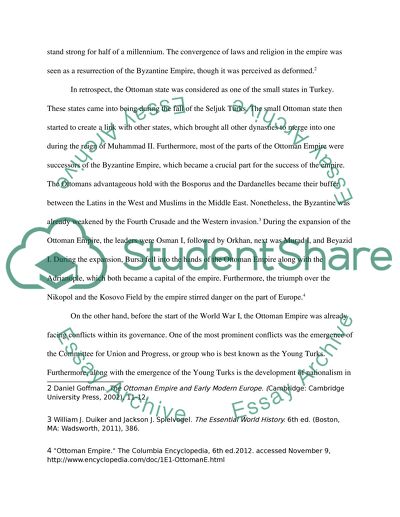Cite this document
(“Young Turks Takeover of the Ottoman Empire 1913 Term Paper”, n.d.)
Young Turks Takeover of the Ottoman Empire 1913 Term Paper. Retrieved from https://studentshare.org/history/1402331-young-turks-takeover-of-the-ottoman-empire
Young Turks Takeover of the Ottoman Empire 1913 Term Paper. Retrieved from https://studentshare.org/history/1402331-young-turks-takeover-of-the-ottoman-empire
(Young Turks Takeover of the Ottoman Empire 1913 Term Paper)
Young Turks Takeover of the Ottoman Empire 1913 Term Paper. https://studentshare.org/history/1402331-young-turks-takeover-of-the-ottoman-empire.
Young Turks Takeover of the Ottoman Empire 1913 Term Paper. https://studentshare.org/history/1402331-young-turks-takeover-of-the-ottoman-empire.
“Young Turks Takeover of the Ottoman Empire 1913 Term Paper”, n.d. https://studentshare.org/history/1402331-young-turks-takeover-of-the-ottoman-empire.


